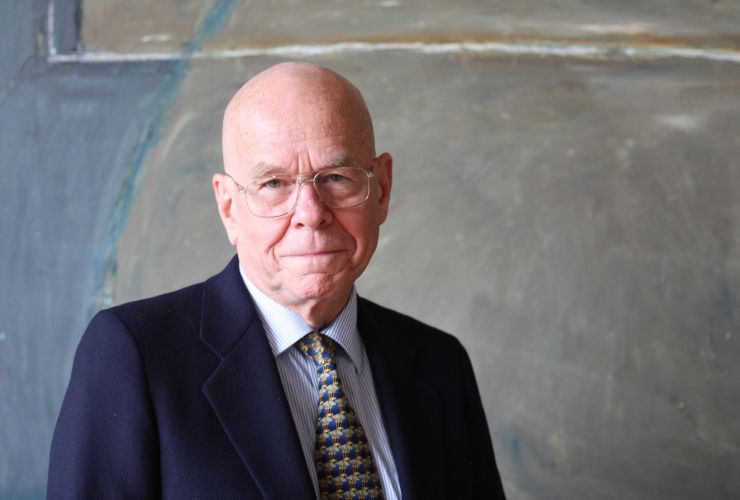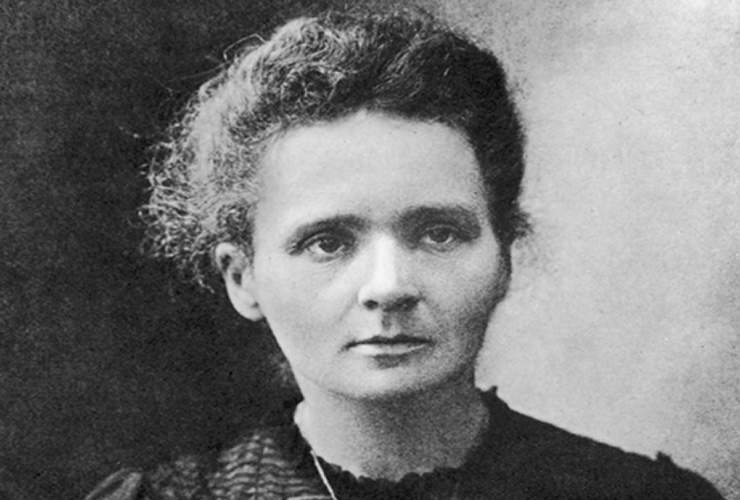Swedish academics have awarded the 2022 Nobel Prize in Chemistry. Carolyn Bertozzi, Morten Meldal and Barry Sharpless won it for developing engineering techniques for biological molecules.
It is therefore the Americans Carolyn Bertozzi and Barry Sharpless, associated with the Dane Mortem Meldal, who equally share the Nobel Prize in Chemistry 2022, awarded on Wednesday October 5. The basic reason is that they are the ones who paved the way for what is called “snap-in chemistry”. It is a scientific technique that Barry Sharpless, one of the three Nobel laureates, pioneered twenty years ago. It consists in the possibility of joining molecules more efficiently and at the same time more simply.
 Photo Ansa / Epa Christine Olsson
Photo Ansa / Epa Christine Olsson
Thanks to the work of Carolyn Bertozzi, another Nobel laureate, it has been possible to apply this technique also to biological molecules. There are many applications of what is known as “snap-in chemistry”. Among these, those relating to green chemistry (ecologically sustainable) and high-precision therapies against cancer. Essentially, thanks to the research and innovations of the three Nobel laureates, chemical reactions have become easier and more efficient. Like Lego bricks, the molecule blocks fit together. Developed by Sharpless and perfected by Meldal, the technique was applied by Bertozzi to living organisms.
The Nobel and molecules
Assembling increasingly complex molecules is a requirement of many sectors, starting with pharmaceuticals. However, until a few years ago, techniques for obtaining assembled molecules were difficult to apply. They required long and expensive procedures. This changed with the advent of “instant chemistry” which made it much easier and safer to perform the necessary chemical reactions while avoiding unwanted waste.
 Barry Sharpless. Photo Ansa / EPA Scripps Research
Barry Sharpless. Photo Ansa / EPA Scripps Research
Barry Sharpless, second prize
Today is the second Nobel Prize in Chemistry for Barry Sharpless. Only once in the history of the world’s most coveted science prize has the same researcher won the Nobel Prize in Chemistry twice. More generally, in the history of the Nobel there are 5, with Sharpless, to win twice. Sharpless had been rewarded for the first time in 2001 with the American William S. Knowles and the Japanese Ryoji Noyori for having developed the technique known as reverse optical catalysis, opening the way to the possibility of producing new drugs against Parkinson’s disease and new antibiotics.
Before him, only the Briton Frederick Sanger had won two Nobel Prizes in Chemistry. The first time in 1958, for having discovered the structure of insulin, the second in 1980 for having paved the way for research on recombinant DNA. Transistor and semiconductor inventor John Bardeen won the Nobel Prize in Physics twice, in 1956 and 1972. The first to win two Nobel Prizes in different fields was Maria Curie, winner in Physics (1903) and in chemistry (1906). ); Linus Pauling won in 1954 for chemistry and in 1962 for peace. The 2022 Nobel Prize in Chemistry was awarded two days after the Nobel Prize in Medicine, won by Sweden’s Svante Pääbo.
 Marie Curie. Photo Twitter @ToEmagazine_
Marie Curie. Photo Twitter @ToEmagazine_